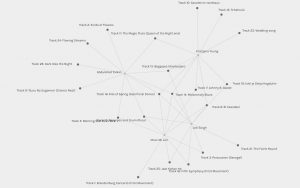I tried numerous prompts on the Craiyon website but struggled to find images that I could connect with. The only image that resonated with me was the one generated for the following prompt.
Prompt: A superhero team composed of members from different racial backgrounds.

The image generated by the Craiyon text-to-image website portrays a superhero team consisting of four individuals. The team includes three characters who seem to have lighter skin tones and one character of darker skin tone.
Upon examining the image, it can be noted that the image somehow can highlight the insufficient representation of individuals from various ethnic backgrounds, particularly those of Middle Eastern and Asian descent, in superhero media.
It also can be inferred that the image composition indicates a predominant representation of characters with lighter skin colours, with only one character with darker skin colour included in a minimal and often tokenistic manner rather than embracing a more inclusive and varied portrayal.




